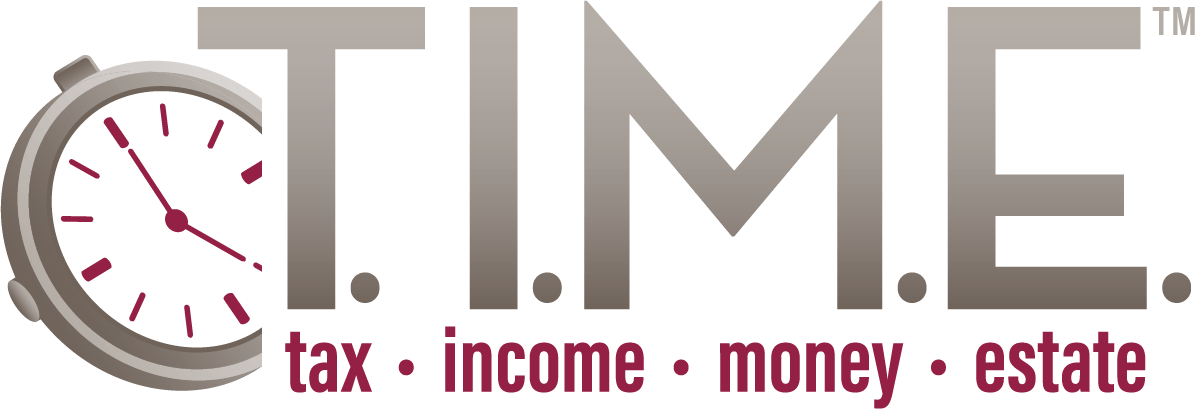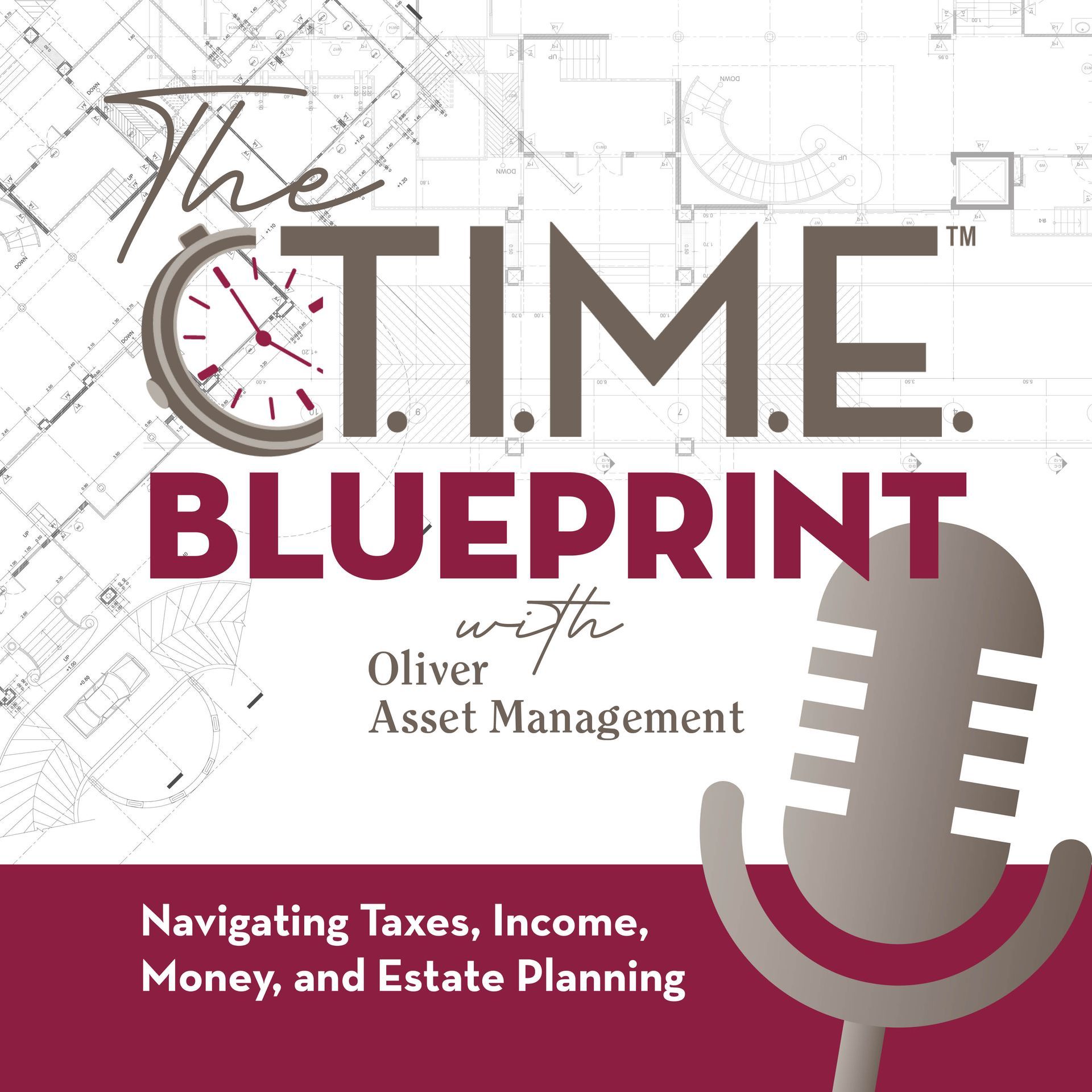It took just under five months for it to happen. On August 17th, the S&P 500 closed at 3389.78—an all-time record. That record is also significant because it means the index officially recouped all losses from the downturn that happened in March.1
This year has been a rollercoaster ride for investors. The S&P 500 dropped 33.92% from February 19 to March 23 as the COVID-19 pandemic hit the United States. Since March 23, the index has increased 51.51%, triggering a new bull market.2
However, a sharp increase in the stock market doesn’t mean the U.S. economy is out of the woods. In fact, other metrics would indicate that the economy is still struggling. In the second quarter, gross domestic product contracted at an annual rate of 32.9%, the largest quarterly contraction on record. That contraction is more than three times the previous record—a 10% contraction in 1958.3
Also, not all sectors of the stock market have participated in the recovery. The increase over the last five months has been fueled by growth in the Information Technology (IT) and Consumer Discretionary sectors, each of which are up more than 23% year-to-date. However, other sectors, particularly Financials and Energy, are negative on the year. In fact, of the 11 S&P 500 Sectors, five are still negative on the year.4
The 4th Quarter is historically the best quarter for S&P 500 performance, with the index up an average of 3.51% from October through December over the past 30 years.5 However, 2020 is not like other years. There are factors and risks that could threaten the market’s recovery. Below are a couple things to watch as the year comes to a close:
Election
We’re only a couple months away from the election, as if 2020 needed more uncertainty. Everyone has their own preferred candidate. However, some investment managers are saying the real risk isn’t one of the candidates winning, it’s an unclear outcome.
Bridgewater Associates, which manages more than $140 billion, recently told clients the real risk is if there is “material concern over the legitimacy of the process.” Analysis of recent options transactions show that many investors are taking protective stances through January 2021, possibly an indication they are concerned about post-election volatility.6
However, UBS notes that post-election volatility is often short-lived. They point to the most recent example of an election with an unclear winner—the 2000 election between Al Gore and George W. Bush. During that time, the S&P 500 fell around 6% in the weeks after the election as litigation mounted. However, those losses were erased as soon as the election reached resolution.7
COVID
Of course, the other major risk to the economy and financial markets in the fourth quarter is developments related to COVID. The pandemic is now in its seventh month. As of mid-August, the death toll in the United States exceeded 168,000, with more than 5 million confirmed cases.8
The development of a vaccine in the fourth quarter could deliver a boost to the economy. The government has implemented Operation Warp Speed, an initiative to deliver 300 million vaccines by January. Moderna has a vaccine in phase 3 trials, but it is uncertain whether the company will be able to meet the government’s target date.8
Ready to protect your portfolio from fourth quarter uncertainty? Let’s talk about it. Contact us today at Oliver Asset Management. We can analyze your needs and goals and implement a plan. Let’s connect soon and start the conversation.
1https://www.cnbc.com/2020/08/17/stock-market-futures-open-to-close-news.html
4https://www.cnn.com/2020/08/17/investing/premarket-stocks-trading/index.html
5https://stockanalysis.com/average-monthly-stock-returns/
6https://www.foxbusiness.com/markets/2020-election-wall-street-stock-market
8https://www.washingtonpost.com/nation/2020/08/19/coronavirus-covid-live-updates-us/
Advisory services offered through Change Path, LLC a Registered Investment Adviser. Change Path, LLC and Oliver Asset Management are unaffiliated entities.






Advisory services offered through CreativeOne Wealth, LLC a Registered Investment Adviser. CreativeOne Wealth, LLC and Oliver Asset Management are unaffiliated entities.
Licensed Insurance Professional. Respond and learn how financial products, including life insurance and annuities can be used in various planning strategies for retirement. The information contained herein is based on our understanding of current tax law. The tax and legislative information may be subject to change and different interpretations. We recommend that you seek professional tax advice for applicability to your personal situation.
*Testimonials are based on unique experiences from current clients and are not representative of all client experiences. Testimonials are unsolicited and clients received no compensation (cash or non-cash). Past performance is no guarantee of future results. Testimonials are encouraged and welcomed from all prospects and clients. Investment advisory services offered through CreativeOne Wealth, LLC, a registered investment advisor. CreativeOne Wealth is not affiliated with Oliver Asset Management. Additional information about CreativeOne Wealth, LLC is available in its current disclosure documents, Form ADV, Form ADV Part 2A Brochure, and Client Relationship Summary report which are accessible online via the SEC’s Investment Adviser Public Disclosure (IAPD) database at www.adviserinfo.sec.gov, using CRD #281213.
Oliver Asset Management © 2023








